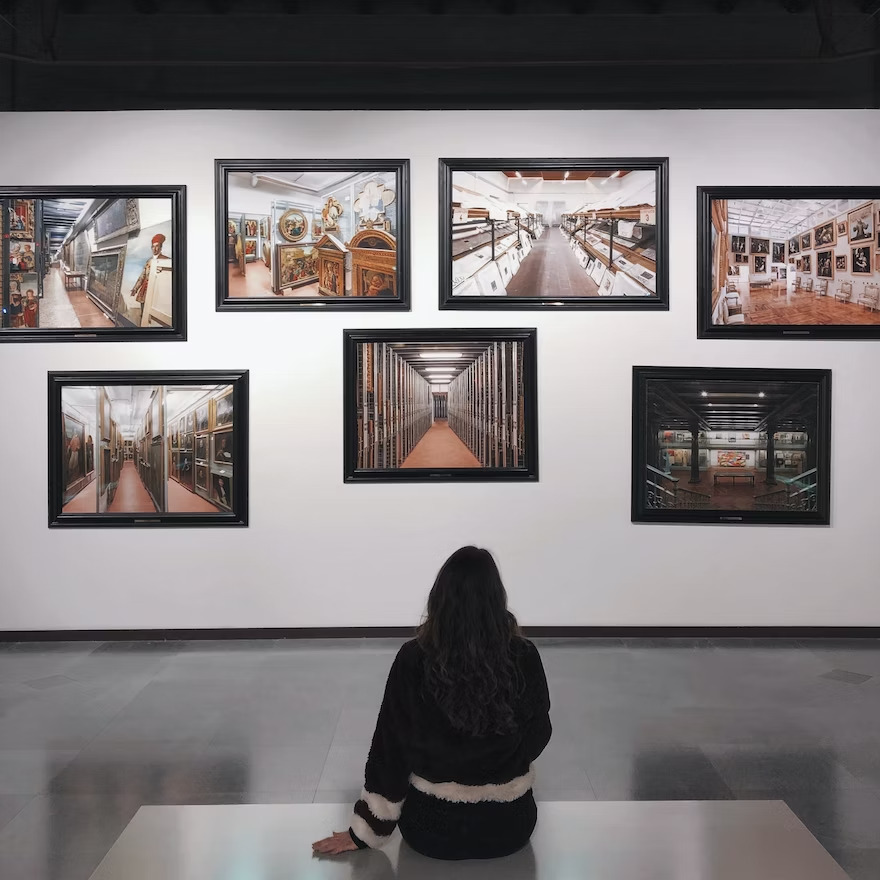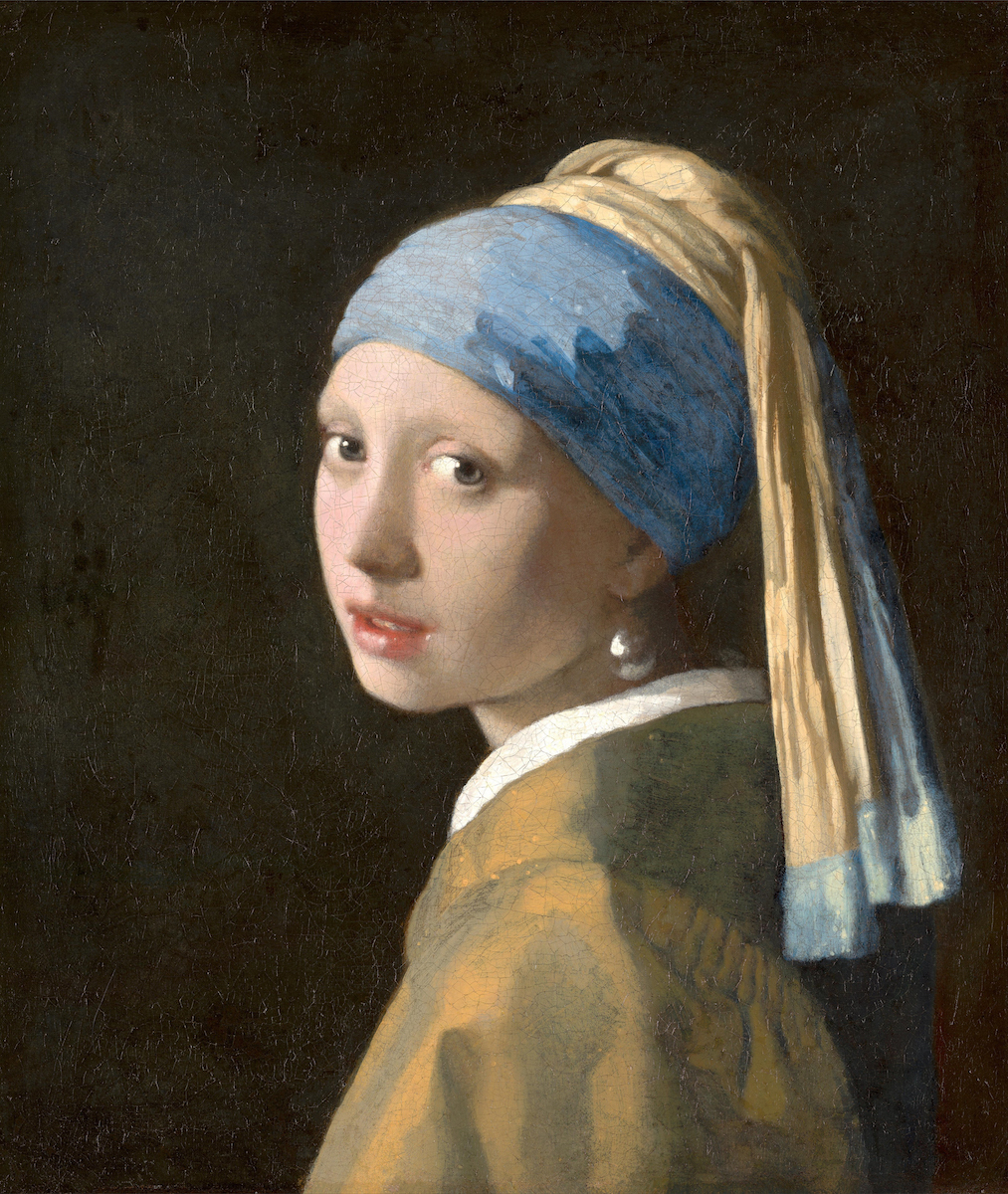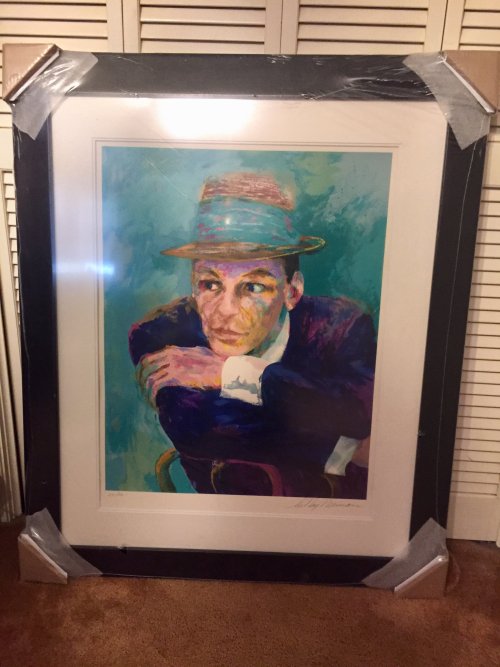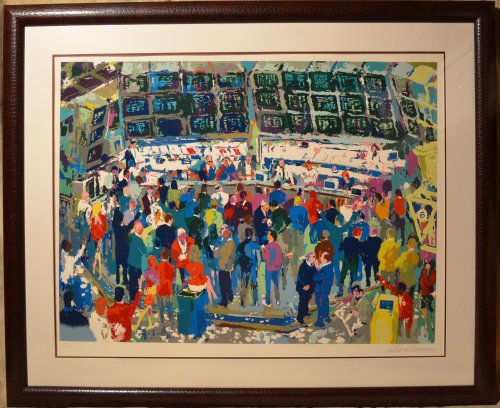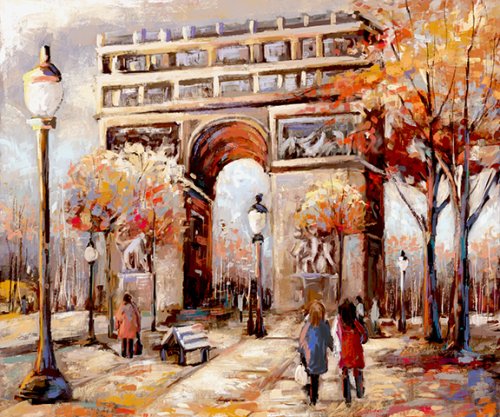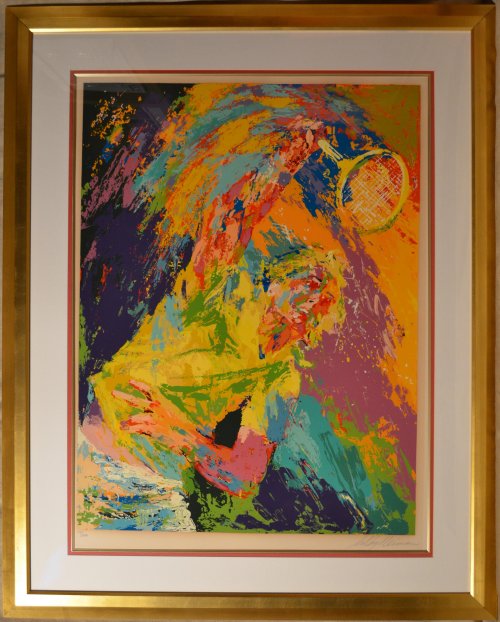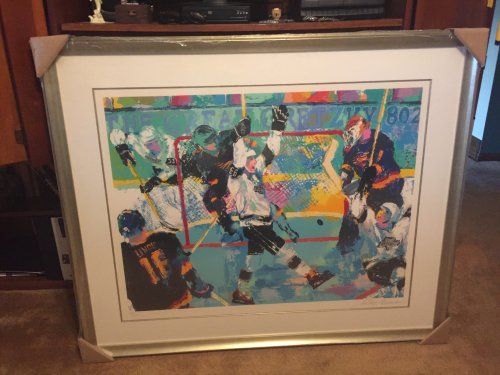Art has always held a certain mystique, captivating both seasoned art collectors and newcomers alike. The allure of owning a beautiful piece of artwork has led many to wonder: how is the price of art determined?
In this article, we will unravel the factors that influence art pricing and shed light on the complex art market. Whether you’re a new art buyer or simply curious about the art world, understanding art pricing is essential to navigate the fascinating realm of fine art. So, let’s delve into the topic of art pricing and discover the factors that contribute to art value.
Understanding the Art Market
The art market is a dynamic and ever-evolving landscape where art dealers, enthusiasts, collectors, auction houses, and galleries like Newport Brushstrokes converge. To understand how art prices are determined, it’s crucial to grasp the workings of this intricate market. Various factors come into play, shaping the value of artwork and driving the art economy.
Factors Influencing Art Pricing
Artistic Factors
Artistic factors play a vital role in determining the price of art. The artist’s reputation and recognition significantly impact the value of their artwork. Artists who have established themselves in the art world, gained critical acclaim, and achieved notable milestones often command higher prices for their creations. Their innovative artistic styles, unique perspectives, and contributions to the art canon contribute to the desirability and value of their artworks.
The historical significance of an artwork also holds immense weight in its valuation. Paintings that have shaped art movements, challenged conventions, or marked pivotal moments in history become highly sought after by collectors and art enthusiasts. The context adds layers of meaning and increases the value of art that is deemed to be historically significant.
Market Factors
The art market operates based on the principles of supply and demand. The preferences of collectors, art lovers, and trends within the art world influence art prices. The level of demand for a particular artist’s work, the rarity and scarcity of the artwork, and the prevailing art movements all factor into pricing decisions.
Art collectors seek to acquire pieces that resonate with their personal taste and align with the current art trends. As artists gain popularity and their works become sought after, the demand for their art increases, driving up the prices. Similarly, the rarity and scarcity of a specific artwork also contribute to its value. If only a limited number of pieces are available or if the artist has a short-lived career, the scarcity of their work can significantly impact its market value.
Economic Factors
Economic factors also play a role in art pricing. The supply and availability of artwork, art market conditions, and external influences such as inflation and the global economy can impact prices. When the supply of a particular artist’s work is limited, and demand remains high, the value of their art can rise significantly. Economic stability, market trends, and the confidence of buyers in the art market can also influence the pricing of artwork.
Valuing Contemporary Art
Contemporary art, with its dynamic and ever-evolving nature, presents unique challenges when it comes to valuation. The value of contemporary art is influenced by a multitude of factors, including the reputation of the contemporary artists in question, the critical acclaim they have received, and the innovation demonstrated in their work.
Emerging artists bring fresh perspectives and novel approaches to the modern art world, often challenging traditional notions of art. Collectors and art enthusiasts are drawn to the potential of these artists and their ability to shape the future of the art landscape. As their reputation grows and their works gain recognition, the value of their art can appreciate significantly.
Art galleries and dealers play a crucial role in assessing the value of contemporary art. They possess the expertise and industry knowledge to gauge the potential growth and value of artworks created by emerging artists. Their guidance and support help collectors and buyers navigate the contemporary art scene with confidence.
The Role of Auction Houses
Auction houses are integral players in the art market, providing a platform for buying and selling art. Auctions can significantly impact the prices of artworks, as competitive bidding can drive up the final sale price. Understanding the auction process and the dynamics of bidding is essential for comprehending how art prices are determined.
Auctions create an environment of excitement and anticipation, attracting both seasoned collectors and new buyers. The competitive nature of auctions can lead to unexpected outcomes, with prices often surpassing initial estimates. Auction results often serve as benchmarks for art pricing, indicating the market value of particular artworks.
Buyers at auctions have the opportunity to acquire valuable art highly desirable pieces, including those from renowned artists. The prestige associated with owning artwork acquired through auctions adds to its value and allure. Auction houses provide a transparent and regulated platform for art transactions, ensuring the credibility and authenticity of the artworks being sold.
The World Heritage Art Treasury
At Newport Brushstrokes, we proudly present the World Heritage Art Treasury (W.H.A.T.), a collection that brings together museum-quality reproductions of renowned masterpieces with historical significance. Each work of art in this collection represents a blend of artistic excellence and cultural heritage. By investing in the W.H.A.T. collection, art enthusiasts can own a piece of history and diversify their investment portfolio as their pieces appreciate over time.
Embrace the Art World with Newport Brushstrokes
The price of art is a multifaceted concept influenced by artistic, market, and economic factors. Understanding these influences is key to appreciating the value and potential of artworks. By grasping the intricacies of art pricing, you can navigate the art market more confidently and make informed decisions.
The art world is a captivating realm that offers opportunities for both artists and collectors. As an artist, establishing a reputation and creating high-quality artwork can contribute to increased market value. For collectors, the joy of owning art goes beyond the financial aspect, allowing them to appreciate and support the artists’ creativity and vision.
So, embark on your art journey with Newport Brushstrokes. Whether you are an art collector who wants to buy art from us, or you are an emerging artist and you want to sell your art with us, our platform provides all that you need.
Explore our gallery and our different seller plans today – let Newport Brushstrokes be your door into the enchanting world of fine art.

